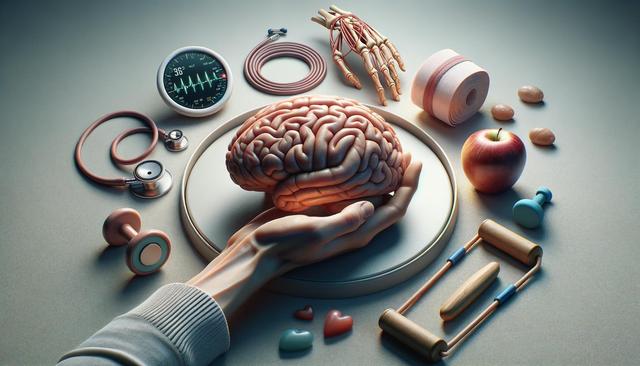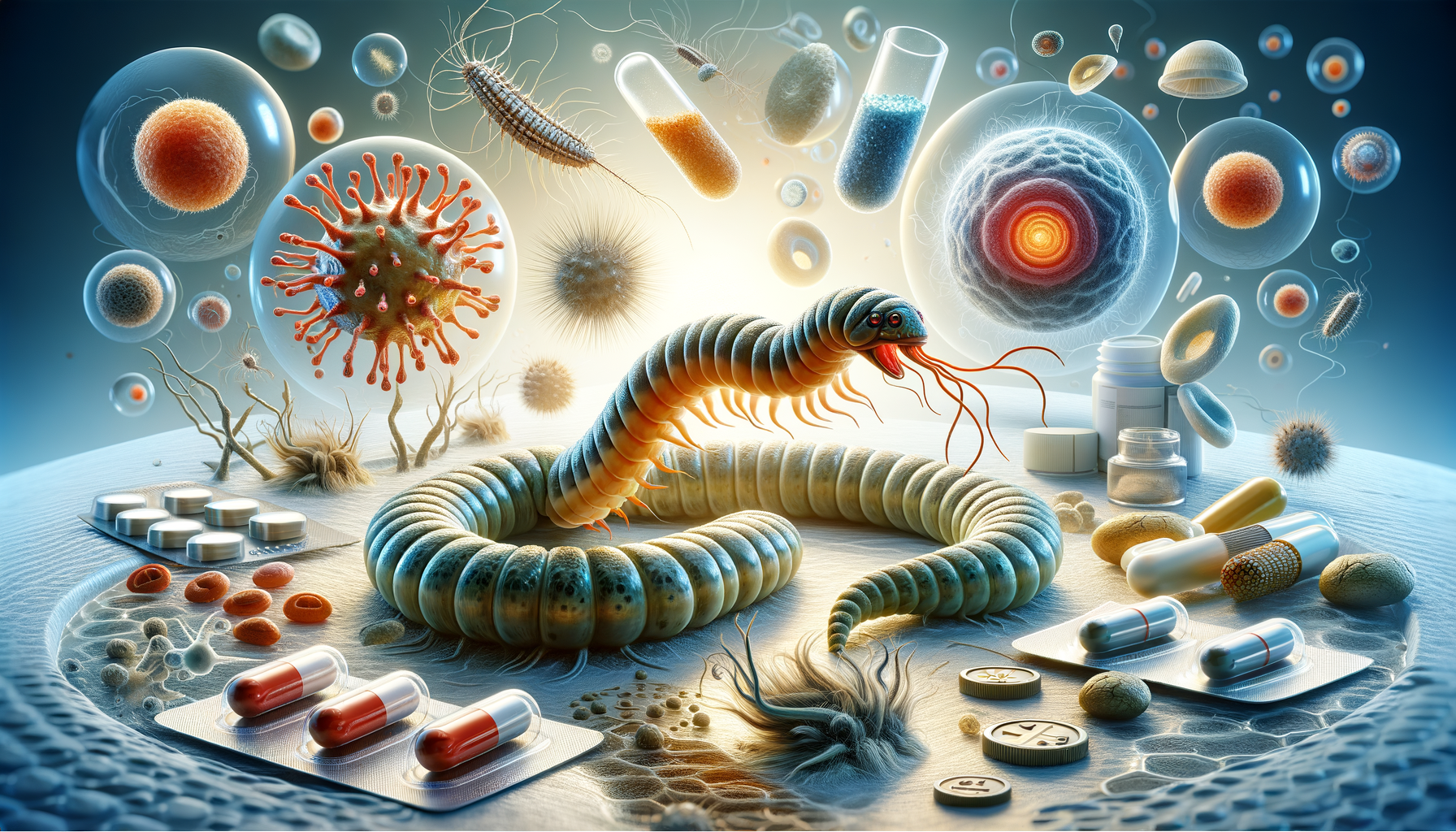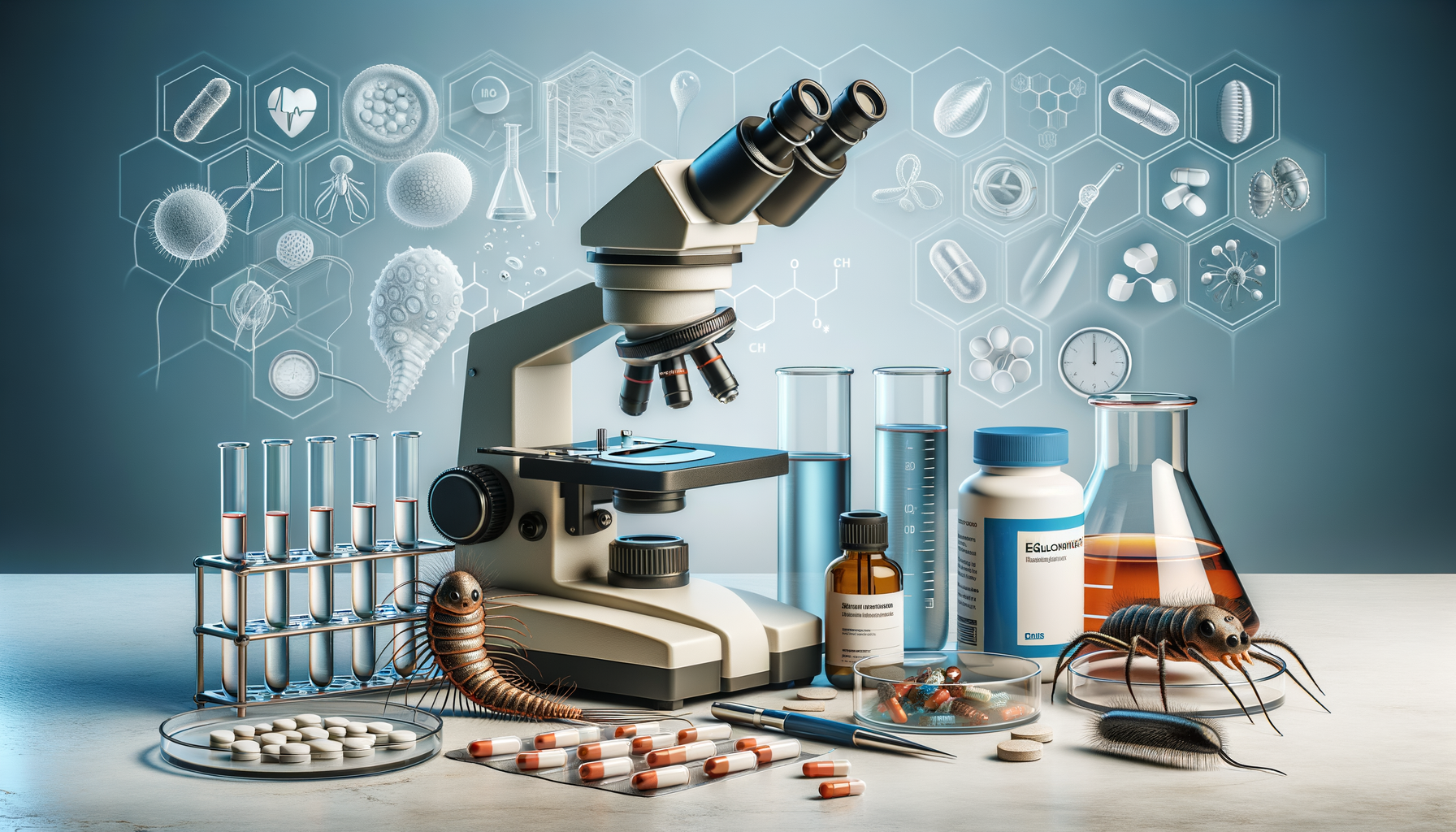Understanding the Stages of Stroke Recovery
Recovering from a stroke is a multifaceted process that often requires a combination of medical support, physical rehabilitation, and emotional care. The severity of the stroke and the area of the brain affected play a major role in determining the recovery path. Stroke therapy begins in the acute phase, where medical professionals work to stabilize the patient and prevent further complications. Once the patient is stable, the focus shifts to rehabilitation aimed at regaining lost functions. This is where structured programs such as Neurological Stroke Rehabilitation become essential, helping patients rewire neural pathways and re-establish critical skills needed for daily living. Early intervention and consistency in therapy often support more favorable outcomes.
Stroke Rehabilitation Exercises at Home
For many individuals, continuing rehabilitation at home is an important part of long-term recovery. Stroke Rehabilitation Exercises at Home are particularly effective in maintaining progress made during inpatient therapy and encouraging independence. These exercises may target various aspects of motor function, including balance, strength, and coordination. Common home-based exercises include:
- Seated leg lifts to improve lower body strength
- Shoulder and arm raises to enhance upper body mobility
- Walking routines to improve gait and endurance
- Balance training using support tools like a chair or wall
Home Based Stroke Rehabilitation allows for flexibility, enabling patients to work at their own pace in a comfortable environment. It is important, however, for these activities to be guided by a healthcare professional, such as a physiotherapist, to ensure safety and effectiveness.
Physiotherapy Approaches to Stroke Rehabilitation
Physiotherapy plays a central role in stroke recovery, helping patients rebuild strength and movement patterns. Physiotherapy Approaches to Stroke Rehabilitation often include task-specific training, range-of-motion exercises, and neuromuscular re-education. Therapists develop individualized plans that cater to each patient’s unique needs. A few common techniques used in physiotherapy include:
- Constraint-induced movement therapy (CIMT)
- Functional electrical stimulation (FES)
- Mirror therapy
- Gait training with assistive devices
These approaches not only address physical limitations but also contribute to improved mental well-being. Therapists often emphasize repetition and consistency, reinforcing the brain’s ability to adapt and form new neural connections. Collaboration between the patient, family, and healthcare provider is vital to ensure continuity and motivation throughout the rehabilitation journey.
The Role of Speech Therapy in Stroke Recovery
Communication difficulties are a frequent consequence of stroke, particularly when the language centers of the brain are affected. The Role of Speech Therapist in Stroke Rehabilitation is to help patients regain the ability to speak, understand language, and, in some cases, swallow safely. Speech-language pathologists (SLPs) assess the extent of the impairment and develop a plan to target specific challenges. This may involve:
- Articulation exercises to improve clarity
- Cognitive-communication therapy to address memory and problem-solving
- Swallowing strategies to prevent aspiration
- Use of alternative communication methods, such as picture boards or apps
Speech therapy is most effective when started early and integrated into the overall rehabilitation plan. Family involvement is also crucial, as loved ones can support practice and reinforce communication strategies at home.
Innovation and New Stroke Rehabilitation Techniques
Advancements in medical technology and research continue to shape the landscape of stroke therapy. New Stroke Rehabilitation Techniques are being developed to provide more tailored and engaging recovery options. These include virtual reality systems, robotics-assisted therapy, and brain-computer interface (BCI) devices. Such innovations offer real-time feedback, enhance motivation, and make therapy more interactive. For example, virtual reality environments can simulate real-world tasks, allowing patients to practice in safe and controlled settings. Similarly, robotic exoskeletons can support precise movements to help retrain the brain. While these techniques are still being refined, they represent a promising frontier in stroke care, particularly when combined with traditional approaches like Neurological Stroke Rehabilitation and Home Based Stroke Rehabilitation.
Conclusion: A Holistic Approach to Stroke Therapy
Stroke recovery is a complex and deeply personal experience that requires a holistic and sustained approach. By combining elements such as Physiotherapy Approaches to Stroke Rehabilitation, Stroke Rehabilitation Exercises at Home, and the Role of Speech Therapist in Stroke Rehabilitation, patients can pursue meaningful improvements in quality of life. Embracing New Stroke Rehabilitation Techniques and engaging in consistent Home Based Stroke Rehabilitation can further support long-term progress. Ultimately, recovery is not only about regaining lost functions but also about adapting to new realities with resilience and support. Patients, caregivers, and healthcare providers must work together to create individualized strategies that prioritize both physical and emotional well-being.




Leave a Reply